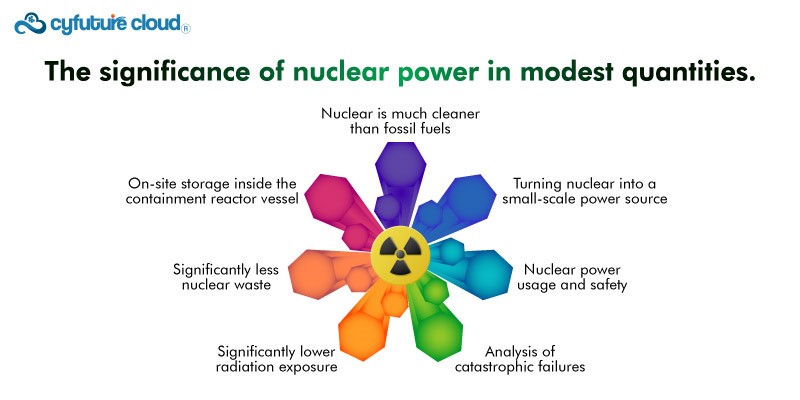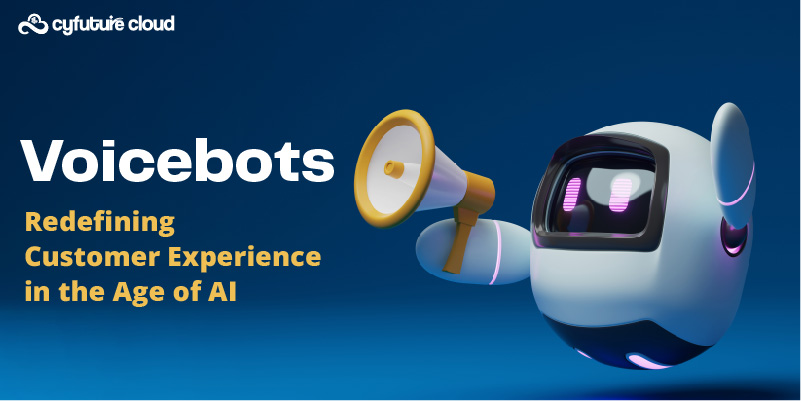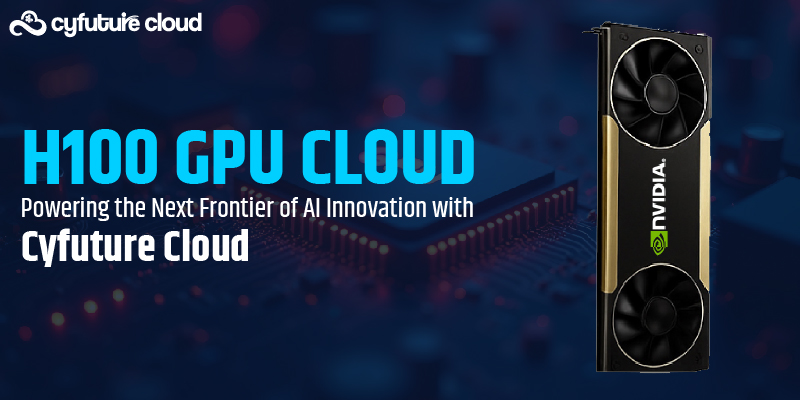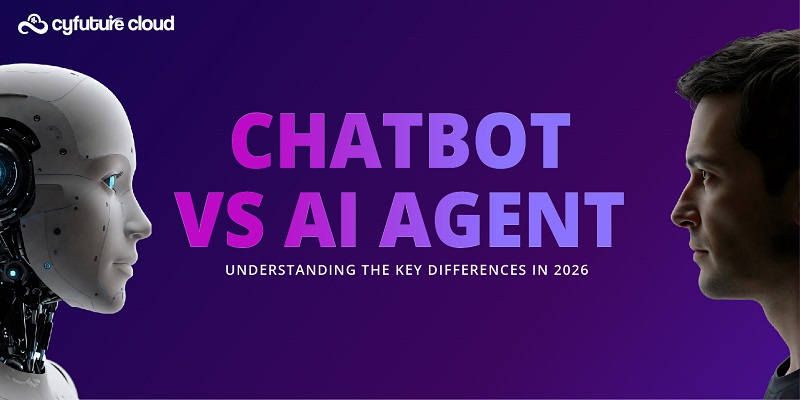Table of Contents
Could nuclear reactors be the data center’s next major power source?
If you’re wondering the same thing, keep reading to learn the truth about it.
“Microsoft hires nuclear experts to fuel its data centres”, “Talen Energy Is Building Data Centers That Run on Nuclear Power. Now, It Needs to Find Buyers”, these headlines unmistakably indicate the emergence of nuclear reactors as the forthcoming primary power source for data centers.
Data centers are facing an energy crunch.
Data center operators confront twin energy challenges as they strive to expand capacity to meet growing demand. The lack of energy available to power data centres is the first problem. The second is the necessity of reducing carbon emissions in order to achieve the objective of achieving net-zero emissions. Their aspirational growth objectives are impeded by the lack of low-carbon power, an essential but occasionally unavailable resource.
The US Department of Energy highlights data centers as remarkably energy-intensive structures, consuming 10 to 50 times more energy per floor space than conventional commercial office buildings. When taken as a whole, these areas account for around 2% of the nation’s power usage. The country’s growing reliance on information technology is predicted to increase data centres’ and servers’ energy needs.
Small modular reactors (SMRs), an emerging nuclear technology, offer a viable answer to both the increasing demand and the energy intensity.
As a result, both new and existing businesses are vying to construct small-scale nuclear reactors in order to power data centres and other industrial and consumer requirements.
These advanced nuclear reactors are touted as secure alternatives that, unlike fossil fuels, produce no carbon or other pollutants during power generation. Data centre operators’ goals for sustainability are in line with this characteristic.
What Are Small Modular Reactors (SMRs)?
According to the International Atomic Energy Agency (IAEA), Small Modular Reactors (SMRs) are sophisticated nuclear reactors with a power capability of up to 300 megawatts electric (MWe). This is approximately one-third of the capacity of conventional nuclear power reactors. Additionally, a more compact variation known as a microreactor, capable of generating up to 20 MWe, has been highlighted by the Idaho National Laboratory (INL).
The term “modular” in SMRs signifies their small and prefabricated nature. These modular units can be easily transported and installed on-site. This characteristic makes them more cost-effective and expedites the construction process compared to larger reactors, which often involve custom designs.
The Nuclear Option
Nuclear power’s ability to supply a constant, low-carbon baseload power supply is what data centers need for continued operations.
Eric Hoegger, Director of Power and Energy at CyrusOne, a data center construction and management firm, highlights that nuclear power stands out among carbon-free options as a reliable baseload power source, capable of generating electricity 24/7. However, he notes that due to its high cost and stringent regulations, integrating a nuclear reactor into a data center site is typically a time-consuming and prohibitively expensive endeavor. A possible solution lies in advanced Small Modular Nuclear (SMR) technology.
According to the US Office of Nuclear Energy, there are several advantages with modern Small Modular Reactors (SMRs) over conventional reactors. These benefits include the ability to expand power incrementally, improved geographical flexibility, smaller physical footprints, and lower capital costs.
Strong operational and security protections are another benefit of advanced SMRs. Nevertheless, new regulations will be needed to deploy SMRs while maintaining the same safety protocols as large-scale utility plants.
A potential challenge for SMR technology will be gaining social acceptance, particularly in terms of where the reactors can be placed. Nowadays, the majority of commercial nuclear reactors are situated in isolated areas far from densely populated areas. The promise for smaller nuclear plants is that their safety characteristics will enable them to be located in less remote areas, and this is where public acceptance may be a challenge.
The value of nuclear in small doses

Nuclear is much cleaner than fossil fuels
Renewable energy is produced through sources that remain inexhaustible upon usage, such as wind, wave, or solar power. Nuclear power is not renewable but has better sustainability credentials than most alternatives. The generation process yields substantially lower greenhouse gas (GHG) emissions compared to fossil fuels. Nuclear energy is also cleaner than the hyped wood pellets or biodiesel. One can argue that it is also more reliable and space saving (or energy dense).
As a result, nuclear energy is firmly on the discussion table when it comes to figuring out a global strategy to phase out fossil fuels. Some countries have even moved past the discussion phase and have begun implementing nuclear power to considerable effect. For example, approximately 70% of the electricity used in France, a global data center hub, is generated using nuclear power plants and has been, safely, since the 1980s.
Turning nuclear into a small-scale power source
Years of research and funding have made this power-generation technology practical for smaller industrial applications such as data centers.
Small modular reactors (SMRs), referred to as advanced and next-generation nuclear reactors, generally produce 300–500 megawatts (MW) of electric power. An additional innovation is microreactors, capable of generating up to 10MW for smaller applications. Envisioning portability, akin to a diesel generator or a modular data center, doesn’t seem far-fetched for these technologies.
Nuclear power usage and safety
Nuclear power often faces misconceptions, particularly concerns about safety, which resonate with the “not in my backyard” (NIMBY) sentiment. However, nuclear-powered naval vessels have been operational since 1955, beginning with the USS Nautilus (SSN 571). The US Navy currently operates 83 nuclear-powered ships, including submarines and aircraft carriers, often stationed near populated areas. Importantly, the Navy’s nuclear history is incident-free, with no significant radiation release or contamination. It’s worth noting that naval nuclear technology shares similarities with Small Modular Reactors (SMRs).
Analysis of catastrophic failures
The public’s perception of nuclear power generation as a significant disaster risk is understandable considering the long-lasting effects on communities of accidents like Chernobyl, Three Mile Island, and Fukushima. It’s crucial to understand, though, that each of these occurrences was primarily caused by either human mistake or a design flaw.
Additionally, these reactors were much larger and more complex than the future SMRs, which have been re-engineered to make them safer. The US Navy knows this well. Creators and developers of our future Small Modular Reactors (SMRs) are swiftly realizing that uncomplicated, low-power, self-contained “walkaway” designs hold the key to ensuring a secure—and lucrative—capability to deliver dependable power to remote locations.
Significantly lower radiation exposure
The primary safety concern linked with nuclear reactors revolves around the possibility of a catastrophic radiation release. Small Modular Reactors (SMRs), in contrast to the large reactors commonly known, significantly mitigate this risk due to their smaller scale, straightforward design, and inherent safety features. SMRs can operate at low power and low pressure, employing passive systems that rely on natural circulation, convection, gravity, and self-pressurization. This design enhances safety by reducing the potential impact of any adverse events.
Significantly less nuclear waste
Like all nuclear reactors, spent fuel is also a problem with SMRs. The natural decomposition and decay of the spent fuel material to safe levels of radioactivity can take from three decades up to 24,000 years for some fuels. The inclusion of spent fuel from Small Modular Reactors (SMRs) is imperative in any nation’s nuclear waste management strategy. SMR vendors are striving for refueling cycles occurring every three to seven years, in contrast to the more frequent cycles of every one to two years seen in conventional nuclear power plants.
Some SMR designs are estimated to operate for 40 years without refueling. Due to the reduced fuel demand and extended operational lifespan, managing Small Modular Reactor (SMR) spent fuel is undoubtedly feasible within a comprehensive waste program. However, establishing such a program poses its own set of challenges. Two options are:
On-site storage inside the containment reactor vessel
There is a lot of promise in using resources from government organisations such as the US Department of Energy’s (DOE) Waste Isolation Pilot Plant (WIPP) in New Mexico. Fast-fission technology is being included into a number of microreactor and Small Modular Reactor (SMR) designs that are being developed.
This innovation enables the processing of both future nuclear plant spent fuel and the currently stored spent fuel from existing nuclear power plants, marking a notable advancement in nuclear technology. For scope, using only the spent fuel in storage at the existing plants, nuclear fast-fission reactors could operate for nearly three centuries without any additional fuel supply.
Nuclear submarine power plants undergo refueling only once every 10 years or more. The latest reactor cores are engineered to endure for 30–40 years, and in the case of aircraft carriers, this lifespan can extend up to 50 years. This underscores continuous technological advancements aimed at prolonging fuel life and efficiently recycling spent fuel.
Benefits of Nuclear Powered Data Centers
Unwavering Reliability
Envision a realm where servers operate seamlessly, undisturbed by the most intense storms or severe droughts. Small Modular Reactors (SMRs) provide precisely that – a reliable, constant power source unaffected by weather fluctuations. Unlike wind and solar, which rely on sunshine and wind speeds, SMRs churn out their constant hum of electricity 24/7, 365 days a year. This means increased uptime for data centers, improved user service, and less worry about blackouts impacting critical operations.
A Greener Cloud
Data centres’ voracious energy use has a substantial negative impact on the environment. Traditional fossil fuels spew greenhouse gasses, accelerating climate change. SMRs, however, offer a powerful carbon-free alternative. Their emissions-free operation helps data centers achieve sustainability goals and contributes to a greener cloud infrastructure. This is in line with businesses’ environmental pledges and appeals to consumers who are becoming more environmentally conscientious.
Compact and Secure
Forget sprawling nuclear power plants. SMRs are much smaller, modular units ideal for localized grids like data centers. This compact footprint reduces visual impact and minimizes land use. Additionally, their self-contained nature enhances security. SMRs are less vulnerable to cyberattacks and grid failures than expansive grids, which are susceptible to large-scale disturbances. This translates to improved data security and operational resilience for companies.
Challenges with Nuclear-Powered Data
- Public perception: There are still safety and radioactive waste worries associated with nuclear energy because of the legacy of previous mishaps.
- Navigating Regulatory Challenges: Small Modular Reactors (SMRs) face regulatory hurdles as a novel technology, entailing a potentially protracted licensing and approval process.
- Substantial Initial Investment: The construction and deployment of SMRs demand a considerable upfront investment. However, the prospect of long-term cost savings through dependable and clean energy production may counterbalance these initial expenses.
Despite facing challenges, the potential rewards are significant. If Microsoft’s experiment proves successful, it has the potential to usher in a new era of clean and reliable power for data centers. Imagine a world where tiny, nuclear-powered engines power your life of cloud hosting solution, humming away silently and safely in the background.
This is not just a technological shift; it’s a fundamental rethink of how we power the digital age. The competition is underway, and Microsoft, leading the charge with its daring nuclear initiative, stands at the forefront. Keep an eye on this space –– the future of the internet could be illuminated in green.
SMRs, Data Center World, and the Future
I’m excited about the amount of conversation happening around SMRs, data center Noida, India and World, and the Future. We’re also seeing government bodies support the emergence of nuclear power for the private sector.
In our ever-growing, digitally interconnected world, our energy needs are skyrocketing. Slowing down is not an option – progress hinges on our tech advances. Our task? Embrace innovation to discover cleaner and more reliable energy solutions, such as nuclear power, ultimately breaking the link between energy production and increased emissions. While nuclear power presents challenges like waste management, cost, and safety, addressing and overcoming these challenges drives further innovation.
Nuclear energy stands as a solution to escalating demand without environmental repercussions, given its absence of greenhouse gas emissions. The prospect of nuclear-powered data centers is plausible with further research, technological enhancements, and supportive policies. This signifies not merely a stride towards a carbon-neutral future but a significant leap towards a technologically advanced society. Our purpose extends beyond mere existence; we are here to evolve.
Debates persist regarding the management of radioactive waste and the uranium supply chain. Although the concept of nuclear-powered in cities like data centers Noida, Bangalore, Pune, Mumbai, or across India has not gained significant momentum, the initial steps have been taken towards transitioning to the procurement of clean energy for powering these facilities.
Recent Post
Send this to a friend

 Server
Colocation
Server
Colocation CDN
Network
CDN
Network Linux
Cloud Hosting
Linux
Cloud Hosting Kubernetes
Kubernetes Pricing
Calculator
Pricing
Calculator
 Power
Power
 Utilities
Utilities VMware
Private Cloud
VMware
Private Cloud VMware
on AWS
VMware
on AWS VMware
on Azure
VMware
on Azure Service
Level Agreement
Service
Level Agreement 




















